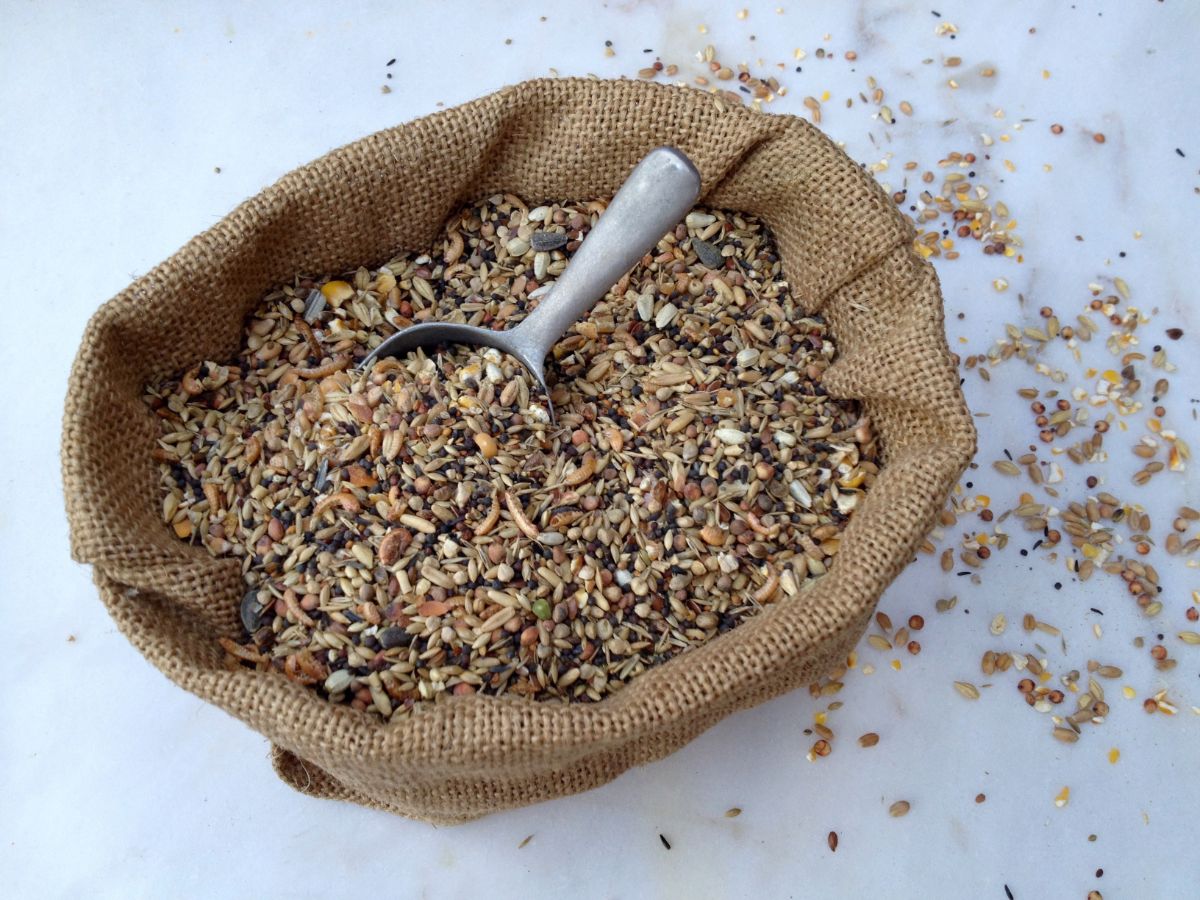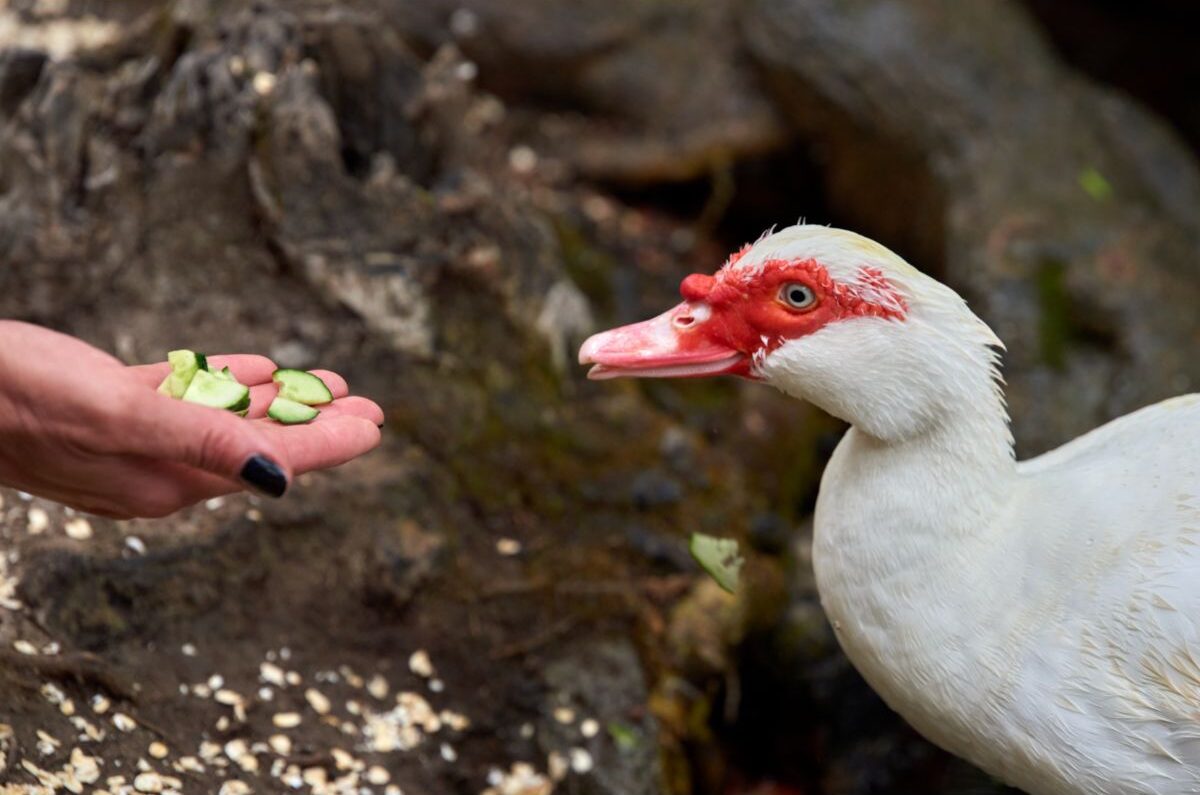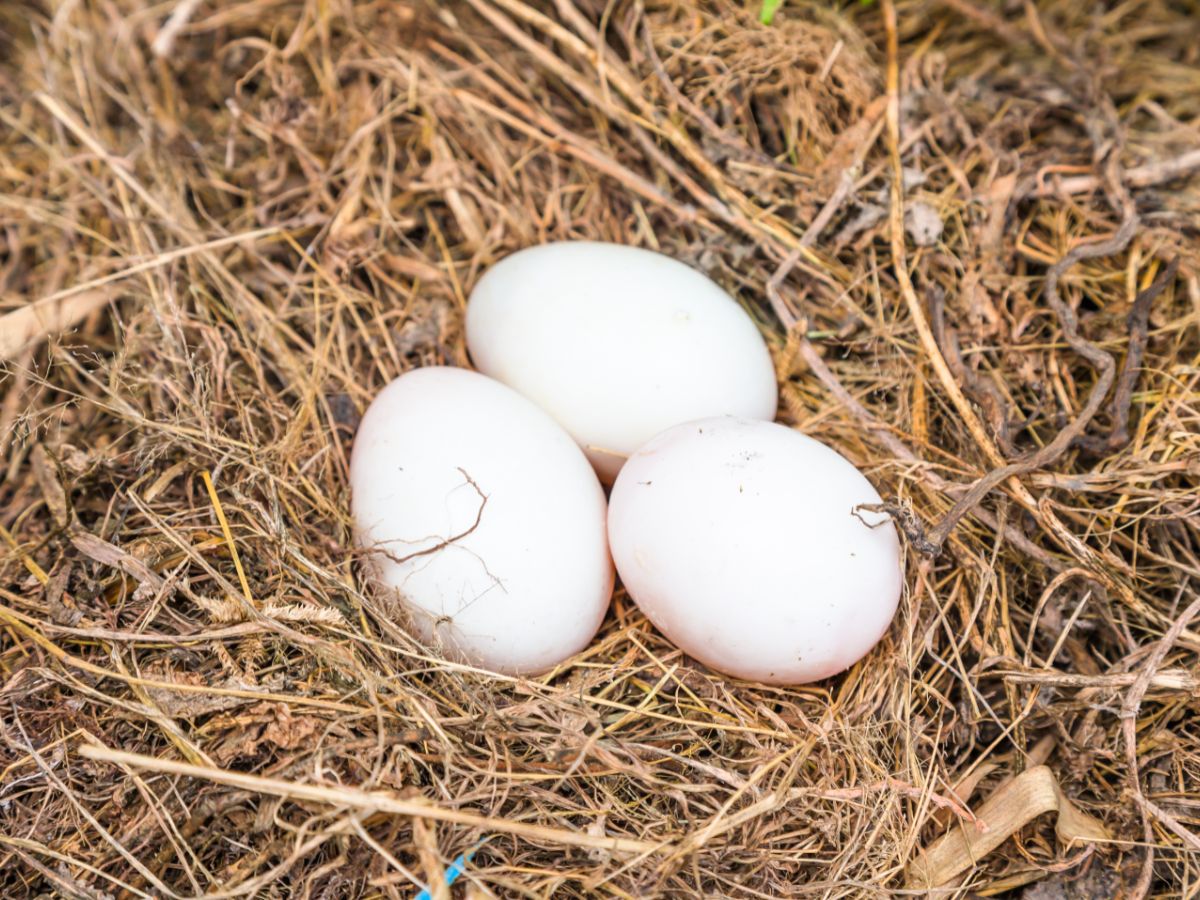Raising chickens at home, on a lot, or homestead is a very rewarding activity that has the potential to, at the very least, produce food for the table and ideally earn extra revenue. However, several factors conspire against the small-scale chicken farmer, not the least of which is the budgeted cost of feed.
Tightly controlling the feed budget associated with the chickens is the only way to make keeping them a viable financial option. Chickens need various nutrients and other ingredients, which vary according to age; however, kitchen scraps, garden cuttings, and even eggs are a great source of food.
Chickens love popcorn, salad greens, vegetables, pork or beef fillets, yogurt, cheese, yard clippings, dandelions, clover, chickweed, nettles, and anything else you throw at them. With a few exceptions, all nutrient-rich edibles are welcome by chickens and will be eaten ravenously.
Contents
The Best Way To Feed Your Chickens On A Budget
Depending on the chickens’ age, they must ingest a balance of the following components.
- Protein
- Methionine
- Lysine
- Minerals
- Fat
- Carbohydrates (Fiber)
With this in mind, there are three primary ways to lower feeding costs which are.
- Supplement the chickens’ diet with kitchen scraps.
- Allow the chickens to free range (Bugs And Grubs).
- Grow your chicken food.
- Leftover Eggs
Supplement The Chickens Diet With Kitchen Scraps
Your kitchen scraps are a rich source of the food components required by chickens.
A variety of kitchen scraps contain almost all the food components chickens need. The following is a list, but it indicates the kind of foods chickens can consume.
Protein
Protein is found in several different foods, including.
- Seafood.
- White-Meat and Poultry.
- Several red types of red meat.
- Milk, Cheese, and Yogurt.
- Eggs and eggshells.
- Beans and other legumes.
- Soybeans, particularly tofu, isolated soy protein and defatted soybean flour.
Methionine
Methionine is an amino acid, and it is one of the foundations chickens need to produce protein.
Methionine is found in
1. Red meat products
2. Fish products
3. Dairy products
Lysine
Lysine is another amino acid that is a foundation needed by chickens to produce protein.
Lysine is found in
- Red and white meat, including beef, pork, and poultry
- Cod and sardines
- Cheese, particularly parmesan
- Eggs
- Soybeans
- Spirulina
Minerals
Chickens need the following minerals
- Calcium.
- Phosphorus.
- Salt
Both calcium and phosphorus are contained in the following foods.
- Meat
- Eggs (Eggshells are full of calcium that laying hens need).
- Beans And Lentils
- Yogurt And Cheese
- Fish
- Bone Meal
Other foods have either calcium or phosphorus.
Fats
Chickens need fats to enable their systems to absorb fat-soluble vitamins.
The following foods have excellent levels of fatty acids.
- Fish meal
- Flaxseed
- Camelina
Carbohydrates
Carbohydrates are a regular energy source required by the cells and are generally the foundational component in most poultry feed.
The most commonly used fats in chicken feeds are found in
They are found in the following cereal grains.
- Corn.
- Wheat.
- Sorghum.
- Barley.
- Rye.
- Millet.
Your chickens will readily accept any kitchen scraps which fall under this description.
Vitamins
Chickens need the vitamins found in the following foods.
- Leafy green and yellow vegetables
- Beet greens, collard greens, spinach
- Pumpkin
- Tomatoes
- Red bell pepper
- Cantaloupe
- Mango
- Red meat, including Beef liver
- Fish
- Fish oils
- Shellfish
- Milk/Cheese
- Eggs
- Some Fat Spreads And Breakfast Cereals
- Wheat, Germ Oil
- Sunflower seeds
- Almonds
- Peanuts, peanut butter
- Soya Bean, Canola Oil
As you may realize from the above, chickens are happy consumers of most of the scraps from your kitchen.
What Foods Can Chickens Not Eat?
Foods that chickens should not be fed include
- Raw potato.
- Avocado.
- Chocolate.
- Onion.
- Garlic
- Citrus fruits.
- Uncooked rice.
- Uncooked legumes.
Allow The Chickens To Free Range (Bugs And Grubs)
If you allow the chickens to free range around your property, and your dogs or other predators won’t eat them, they will forage for their food.
Chickens allowed to free range around your property will benefit in the following ways.
- They find their grit which reduces your costs.
- They forage for themselves, so they need lower quantities of regular feed.
Particularly if you allow the chickens to forage at the manure pit, you will be surprised at what they find edible and what will help them achieve a healthy balanced diet.
The impact of free-ranging your chickens should be that your costs are reduced.
Grow Your Own Chicken Food
You can try to grow your own chicken food in several ways.
Select an area of the property to be used to grow chicken food and plant the following crops.
- Swiss chard.
- Kale.
- Sorghum.
- Amaranth.
- Wheat.
These crops, particularly the grain crops (Sorghum, Amaranth, and Wheat), are not hard to grow and make growing them an easily achievable method of reducing the cost of chicken feed.
Leftover Eggs
If you have excess eggs not required for consumption or sale, you can prepare them and represent them to the chickens.
It is wise to cook the eggs before giving them back to the chickens, or else they may develop a behavior of eating their fresh eggs.
When you feed the cooked eggs back to the chickens, it is a good idea to crush the shells making them more accessible for the chickens to consume.
Conclusion
There are several ways a small-scale, domestic chicken farmer can reduce the budget needed to feed the flock. The easiest way is to feed them kitchen leftovers, almost all of which benefit the chicken’s diet.
If the other animals on the property won’t hunt the chickens, free-ranging them also offers some benefits. As a longer-term solution you may also want to start growing feed for the chickens.




